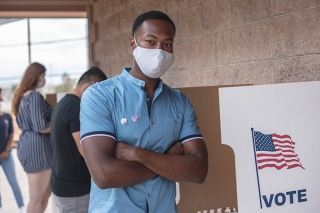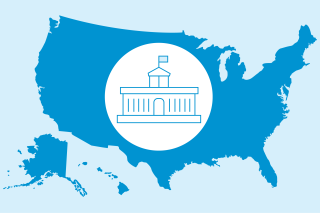Colorado Voters Say Yes to Paid Family and Medical Leave

A first for Colorado and PFML! State voters passed a paid family and medical leave law — with 57% voting “yes” to ballot measure 283 on Nov. 3. Efforts to pass a similar law in Colorado have failed since 2014. After legislative efforts fell apart again this year, advocates decided to put the measure on the ballot. It’s the first time that voters in any state have been asked to decide on a paid leave law.
Funding, Timing and Private Option
The new law will create a $1.3 billion state-run program. Key details include:
- Funding: A 0.9% payroll tax split between employers and employees would fund the program. Beginning in 2025, it could be increased up to 1.2% of wages per employee.
- Benefits: Up to 90% income replacement to a $1,100 week maximum; up to 12 weeks paid leave per year. Plus four more weeks for pregnancy or childbirth complications.
- Timing: Premium collection would start Jan. 1, 2023. Covered individuals could begin taking paid leave and receive benefits starting Jan. 1, 2024.
- Covered reasons for paid leave: The birth, fostering or adoption of a new child; one’s own serious health condition; caring for a family member with a serious health condition; military exigency and safe leave for reasons related to abuse and sexual assault.
- Family member definition: Under the proposed program, a covered employee could take paid leave to care for a broad range of family members and others in “family-like” relationships, including:
- A child (biological, adopted or foster) regardless of age. This also includes stepchildren, children of domestic partners, legal wards and children to whom the employee stands in loco parentis. A person to whom the employee stood in loco parentis when that person was a minor is also included in this definition.
- A biological, adoptive or foster parent, stepparent or legal guardian of either the covered individual or their spouse or domestic partner. It also includes a person who stood in loco parentis when the employee or their spouse or domestic partner was a minor.
- A person to whom the covered individual is legally married under the laws of any state, or a domestic partner.
- Grandparent, grandchild, siblings.
- An individual who has a significant personal bond that is or is like a family relationship regardless of biological or legal relationship.
- Private option: Employers will be able to opt out of the state-run plan by offering an approved, privately paid medical and family leave plan.
See How Colorado’s Program Stacks Up
Visit our interactive U.S. map to get details on PFML programs and legislation for every state. And sign up to receive email alerts about newly posted content.
Feeling social? Follow The Standard on Facebook, LinkedIn and Twitter with the hashtag #PaidFamilyLeave.
Content Topics
More About Legislative Activity








